Asus ROG Strix 850G Aura PSU (850 W)
It gives a very good first impression. The design of the housing is something that sets this Asus ROG Strix 850G Aura PSU apart from the rest. Besides the above-standard dimensions, which suggest that it could be “rich” inside as well, there’s also a rather sophisticated cover or grille, and in line with aesthetic trends, there are also ARGB LEDs. What remains to be seen is what form the main thing will take – the electrical characteristics.
From the outside…
The housing is distinctive in its basic features in that its grille extends over the front with the fan. The heavily perforated sheet metal used to construct the grille is angled at right angles to the sides. So that it also extends into the longer sides of the power supply. Partially, at 50%. And even here it only fulfills a decorative role, since the side panels are impermeable, made of solid sheet metal.
The open part of the grille is only in front of the fan rotor. With its potential it is perhaps a bit of a shame, but maintaining high sturdiness was a priority. And the structure is really sturdy also due to the 1.5-millimeter sheet metal.
However, because of the grille structure with extremely thin walls between the hexagonal cutouts, we assume that cooling could still be above standard. Especially in combination with the 135 mm fan. To what extent Asus was also interested in psychoacoustic optimizations and the interplay between the fan and the grille used, you’ll find out later from the frequency analysis of the sound.
Up to half load, cooling can be passive. But it doesn’t have to be (and the fan could always turn on). Depends on whether you select the “0 dB” mode with the button on the rear panel.
At 180mm, the Asus ROG Strix 850G Aura is the longest power supply we’ll test (the BeQuiet! Dark Power 13 is 5 mm shorter). On the one hand, compatibility is slightly worse due to the extra dimensions, but there is also more space for components, which in turn can have a positive effect.
The test variant with a claimed power of 850 W has a permanent load capacity of 70.8 A on the 12 V rail on the label, which in a gaming load is enough for the Intel Core i9-13900K processor with a GeForce RTX 4090 graphics card.
The 16-pin 12VHPWR connector is built for 600 W (50 A) and in order to keep the transient resistance (i.e. the critical variable that increases the internal temperature) as low as possible, some really big hollows are used. That is, ones that are in contact with a large surface area with individual pins on all four sides. And the larger the contact area, the lower the transient resistance and the lower the temperature for the same electric current.
The cabling implementation is notable. The individual wires have a kind of “rubber” sheath with a wrinkled surface and are soft, they are good to work with. The advantage over conventional cables (both flat and those in a shared mesh) is in the easier adjustment of both thickness and width to the particular needs of the specific space through which they are routed.
Asus has four “Aura” (with backlit ROG graphic logos) power variants, 750, 850, 1000 and 1200-watt. These are also available in simpler, shorter models without lighting. All Asus power supplies with ATX 3.0 support have an 80 Plus Gold efficiency rating.
… and from the inside
Removing the cover is a little more complicated than normal, but you will definitely be able to do it. As usual, you need to loosen the four screws on the front (the ones holding the grille) and then the other four screws on the smallest walls at the front and back, which attach the fan mount to the rest of the structure. The fan is in the 135 mm format. Preventing a half-size larger fan from fitting inside are the light-conducting panels with foam inserts, which reduce the available space.
The PCB of the power supply uses the entire length and is also fitted with a relatively high density. Only later test results will show how good an electrical design this is.
But we can point to the rather rare capacitors in the primary, the (420 V/470 µF) Toshin Kogyo models. The secondary is already dotted with the frequently used “Nichicons”.
| Brand and model of the PSU | Basic parameters from the manufacturer | Price [eur] | ||||||||||
| Power output [W] | Continuous current load [A] | 80 Plus | Connectors | AWG | ||||||||
| +12 V | +5 V | +3.3 V | 16-pin * | 6+2-pin * | 8/4+4-pin | SATA | 4-pin Molex | |||||
| Asus ROG Strix 850G Aura | 850 | 70.8 | 22.0 | 22.0 | Gold | 1+0× | 1+2× | 2× | 5× | 4× | 18–16 | 208 |
| Seasonic Vertex GX-850 | 850 | 70.0 | 20.0 | 20.0 | Gold | 1+0× | 3+0× | 2× | 8× | 3× | 18–16 | 200 |
| Enermax ERT850 EWT | 850 | 70.5 | 20.0 | 20.0 | Gold | 1+1× | 4+0× | 2× | 12× | 6× | 18–16 | 160 |
| BeQuiet! Dark Power 13 | 850 | 70.0 | 24.0 | 24.0 | Titanium | 1+0× | 4+0× | 2× | 12× | 3× | N/A | 250 |
| DeepCool PX1000G | 1000 | 83.3 | 22.0 | 22.0 | Gold | 1+0× | 3+0× | 2× | 7× | 4× | 18–16 | 180 |
| MSI MPG A850G | 850 | 70.8 | 22.0 | 22.0 | Gold | 1+0× | 4+2× | 2× | 7× | 4× | 18–16 | 169 |
* The number of PCI Express connectors is given as the sum of native and shared connectors (the second number after the “+” sign). Native connectors are those that are the same on both sides. Shared ones are then connected via different connectors on the power supply side, for example, a single 300-watt 16-pin (12VHPWR) is created by using two 6+2-pin connectors, and vice versa – a 16-pin connector can be used to connect a cable with two 6+2-pin connectors.
English translation and edit by Jozef Dudáš





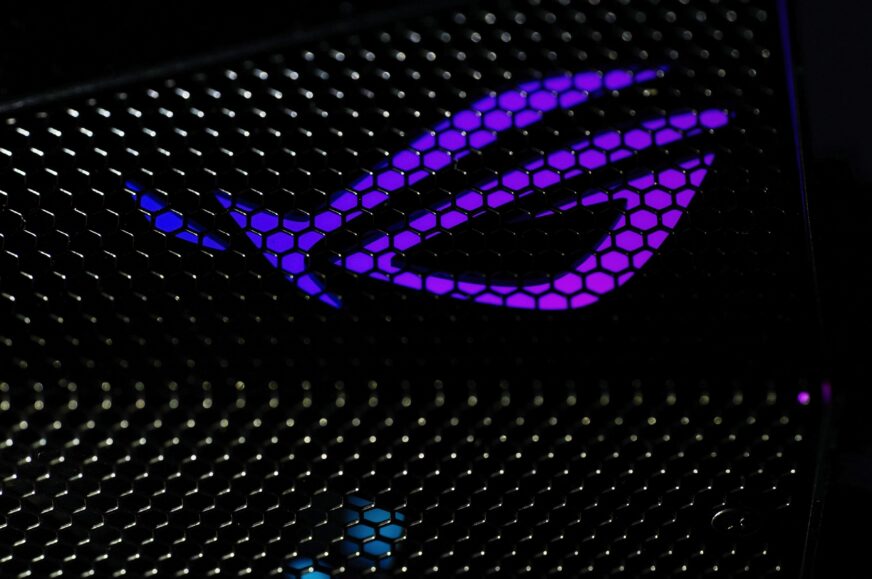
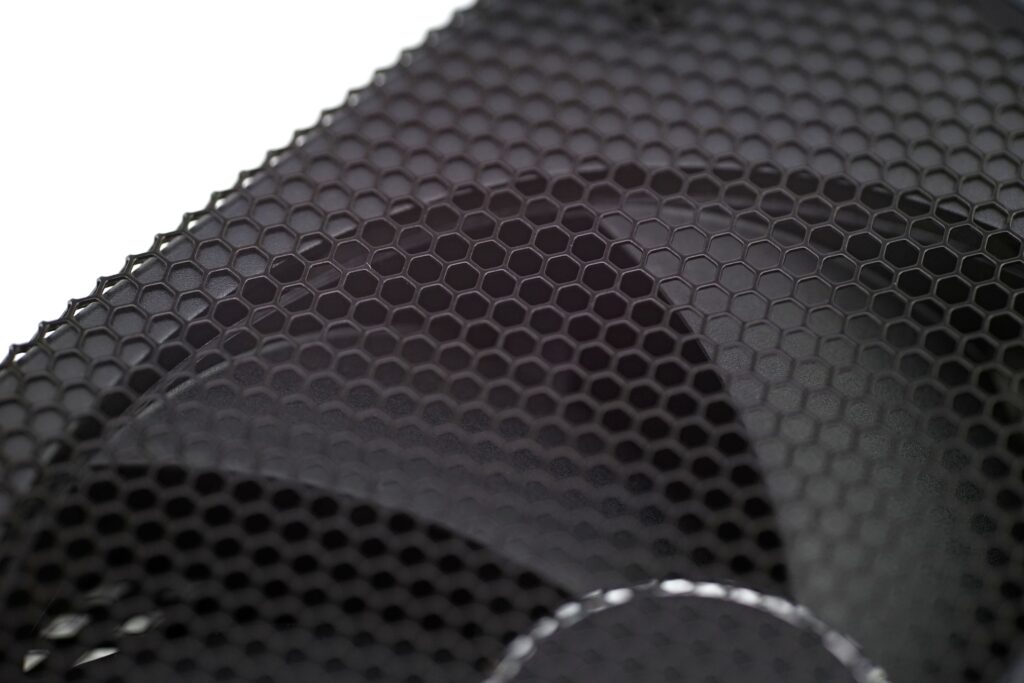
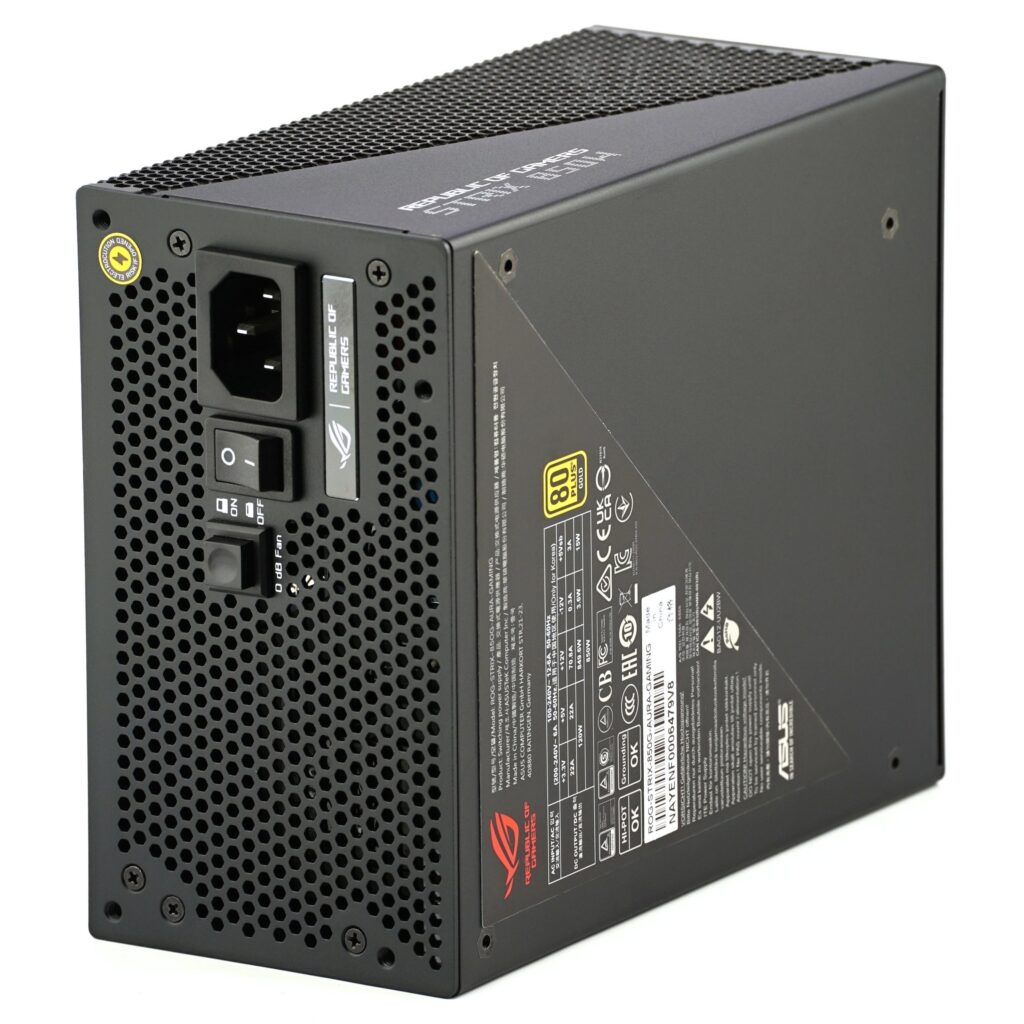
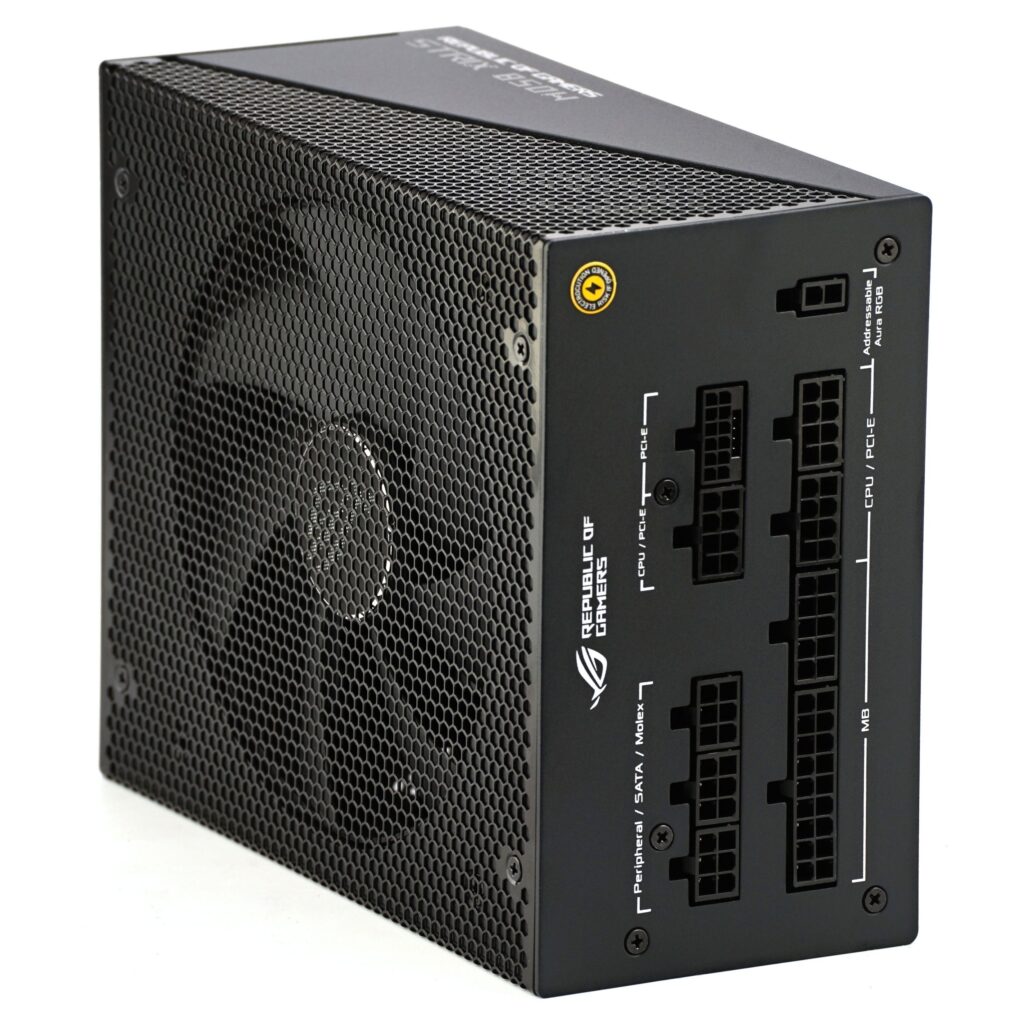
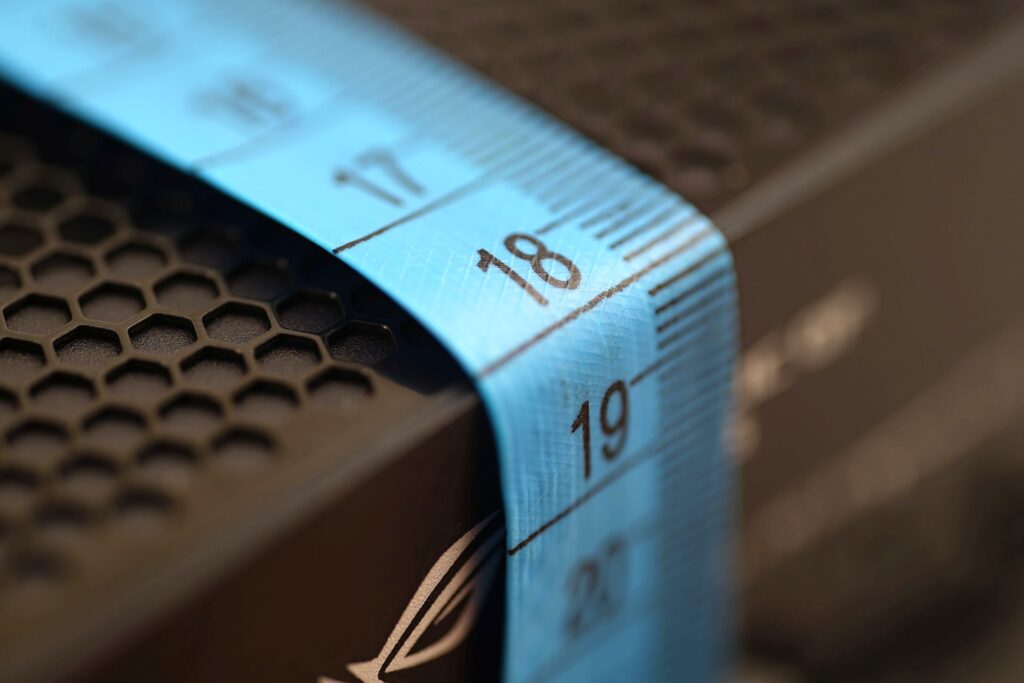
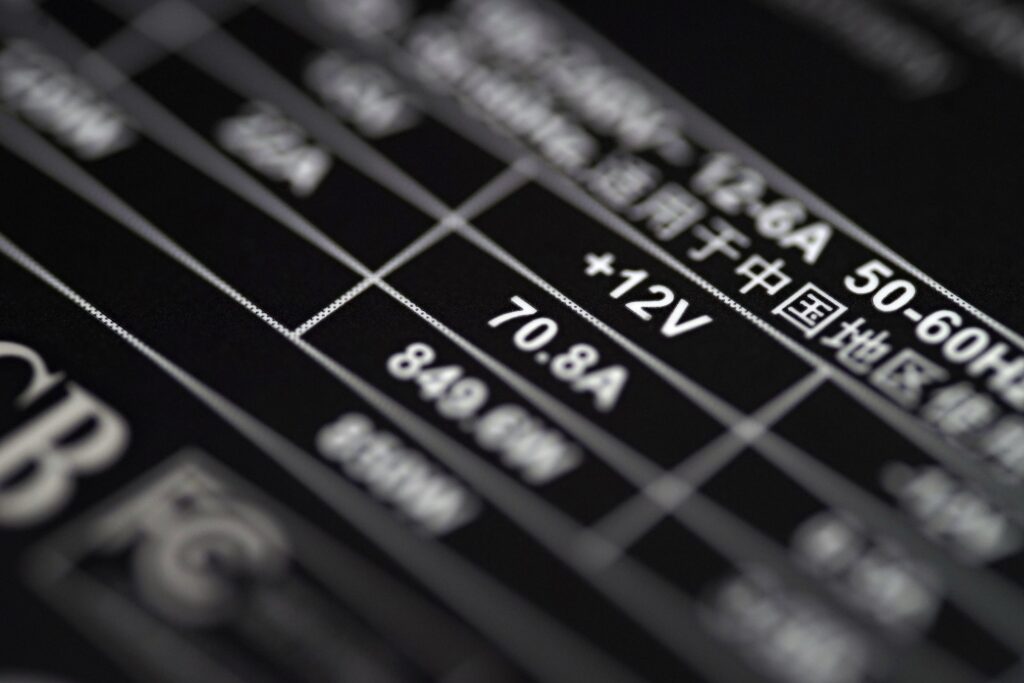


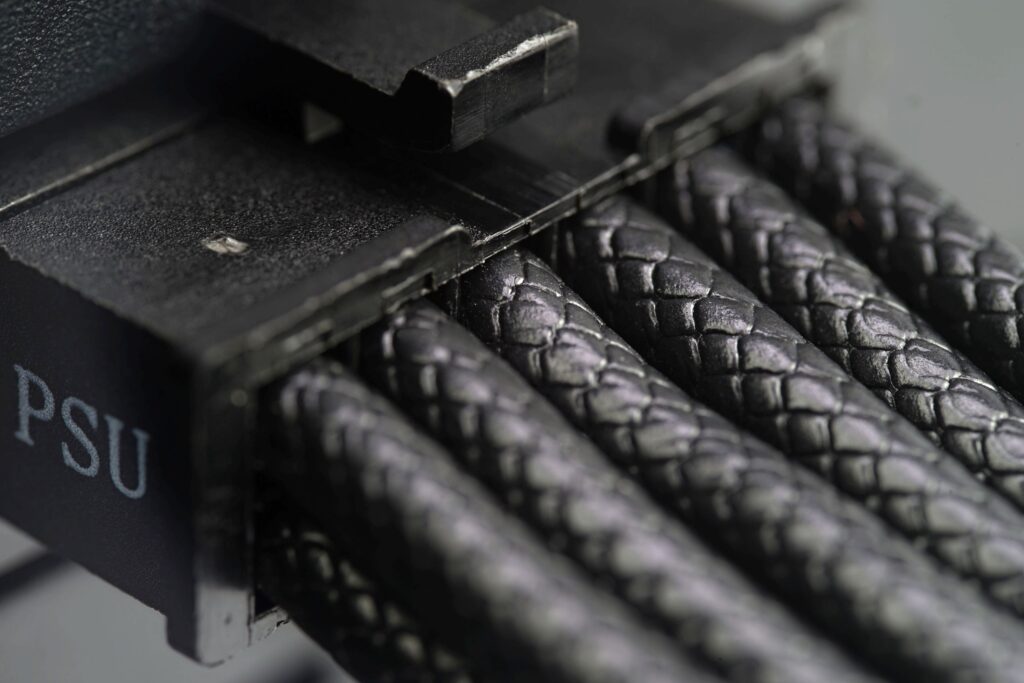
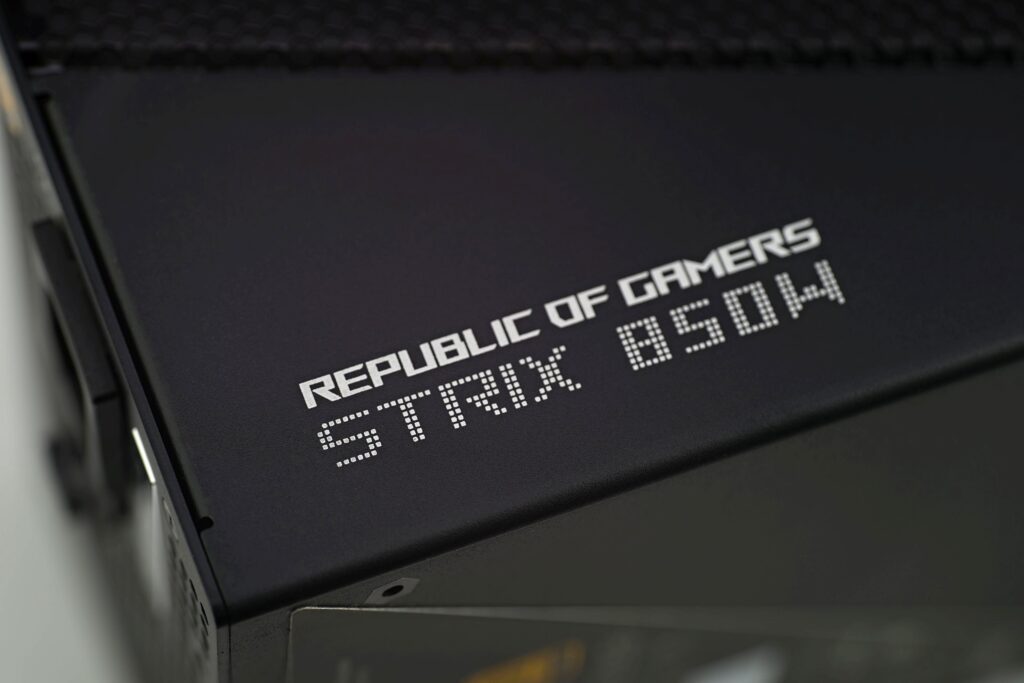
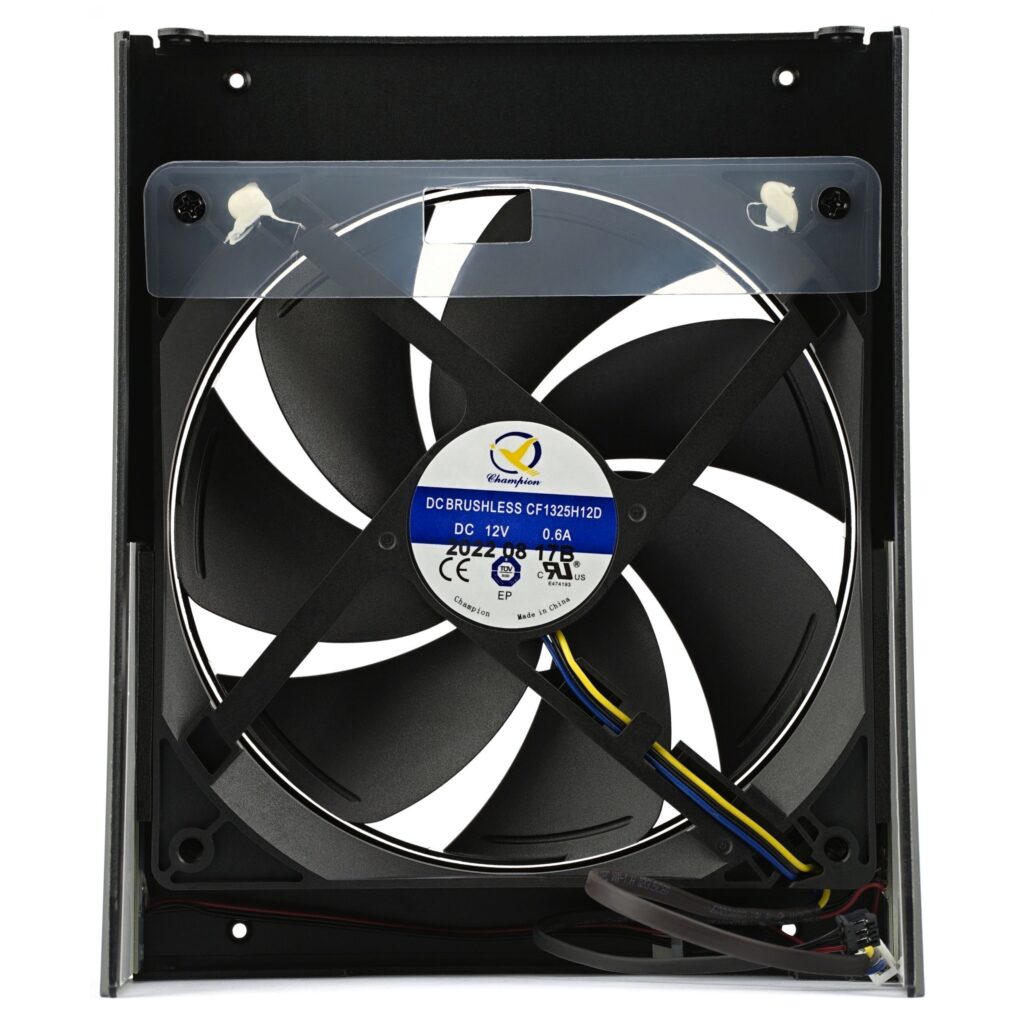
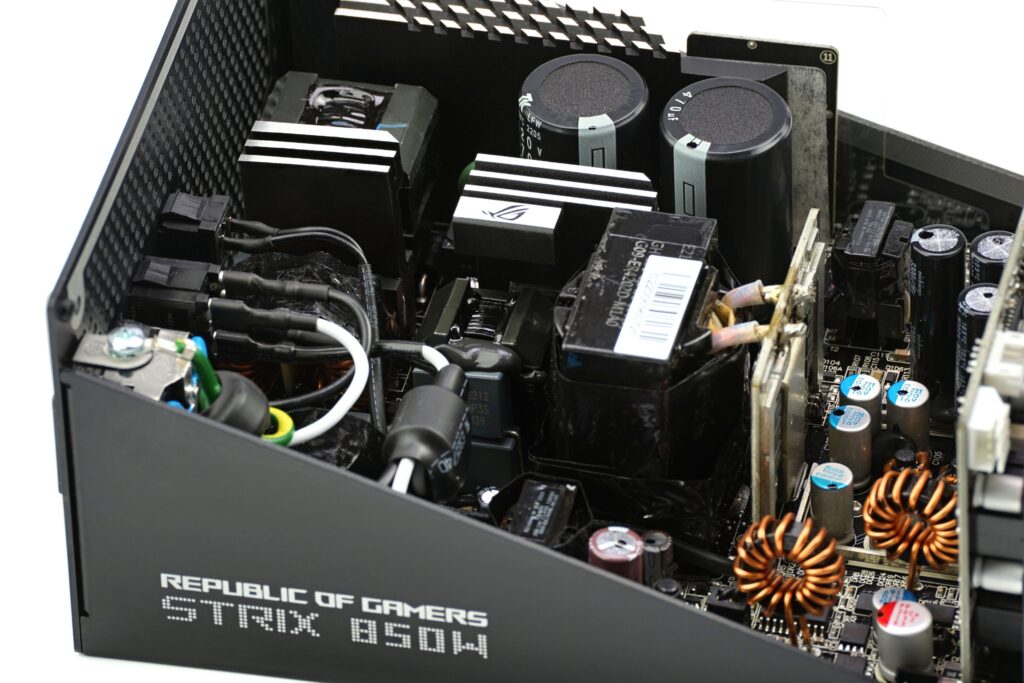

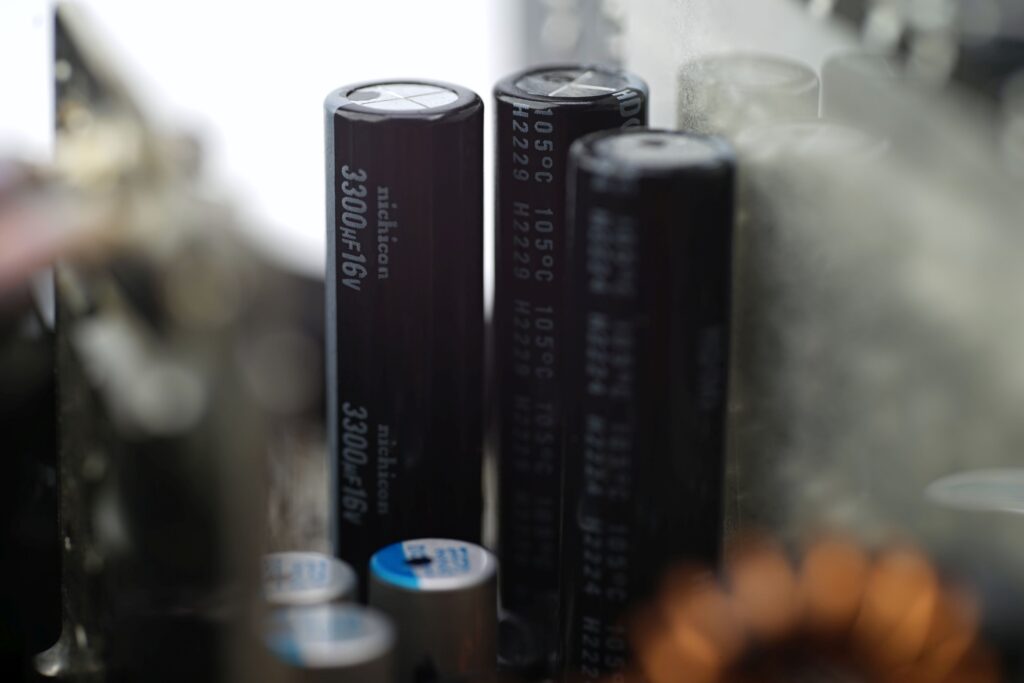
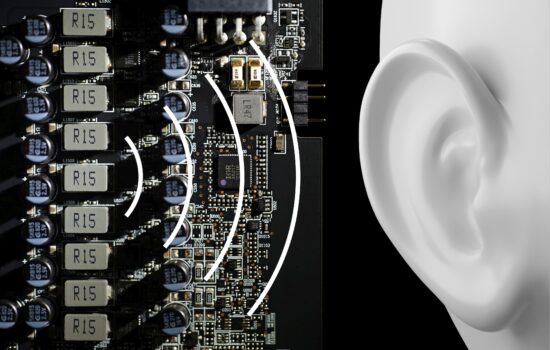





I own this exact model. The best PSU I’ve ever had, and I owned Super Flower PSU’s back when they were top notch
What do you consider to be the main features that make the Strix 850G Aura the “best” power supply you’ve ever owned?
First of all: The noise and the absolutely ear-friendly fan profile. Seasonic has abysmal profiles, and Be Quiet Dark Power 13 is simply unbearably loud, had to send it back. BQ has terrible noise issues for a premium price, you only have to google “Dark Power 13 noise” to see the hundreds of complaints. Second: This PSU was the quietest ATX 3.0 at its time of release, A++ on cybernetics. And when compared to Be Quiet Dark Power 13 which received Titanium award, this Gold PSU is almost similar in performance, basically almost Titanium. Tells a lot about Asus PSU quality…
What else? the aluminium cover acts as a heatsink, the design is beautiful and the cables are flexible and long enough, and they snap into place beautifully, are not hard to remove, and there is enough space around the sockets. This PSU is masterfully engineered, user-friendy almost perfect in every sense. Seasonic is loud, overrated, and this particular PSU is severely underrated. My next PSU will probably be Asus too.
Thank you for the detailed insights gained from use. Looking at the design of the fan and the grille it makes sense that the operation is very quiet. Also, if the speed curve is set in a favorable way depending on the load… these things will be dealt with in detail in tests, frequency analysis of the sound is definitely on the agenda.
Thank you for your response. I’m glad my somewhat amateurish review was helpful. I’m obviously not an expert and have no way of reviewing performance, but I thoroughly analyzed the Cybernetics data and it showed that this Gold PSU comes very very close to Titanium efficiency of the Be Quiet PSU. I also forgot a really important thing to mention: 12VHPWR cable is 70 cm! Be quiet, MSI and many other early ATX.3.0 adapters only supplied a 60cm cable which is a tragedy, considering 12VHPWR is absolutely not allowed to bend. I don’t know what they were thinking! I think only Seasonic has proper 75 cm cables, many of the manufacters think 60, 65 cm is more than enough.. ASUS is a contoversial company, especially in their pricing, I’m not an ASUS fanboy, but this PSU is a gem, and indeed it has ASUS quality all over it. I can’t wait for your review!
This kind of mesh seems great. Estimated from the closeup photo, the open area is around 76.1% or so.
Yes, the structure will not significantly reduce the airflow. We’ll see “what it sounds like”. I’m still thinking which of the following options would be more attractive:
1.) Measure the noise and frequency characteristics of sound at standardized noise levels…
2.) … or it would be better to stick to the same loads (5/20/50/100 %) and judge the acoustic properties at identical performance
Personally, I consider the second option to be more reasonable and practical, but I would be very happy to read your view on the matter. 🙂
Same loads seem to be the better approach, though percentage-based has it’s limitations. Tests on fixed wattages would give give a better idea on whether a PSU with higher wattage will run at a lower noise level when paired with the same components.
HWBusters/cybernetics already do excellent tests on PSUs, so I’d like to see a focus on things that are not covered by them. Coil whine/frequency analysis is the obvious one (though you already are planning for this).
A very good point. I wrote about equal load mainly to make the noise measurements scale well with the other measurements. The basic load levels will be the same for all performance variants, i.e. 20, 50 and 100%. And probably 5% on top of that. But as far as the measurements are concerned, we will be quite limited by time, because the tests will take place in an external testlab and we will have to comprehensively test quite a lot of power supplies in two days (I leave the exact final number open). You have put a thought in my head with the noise testing at the same load. If 850 W were not the majority of the power supplies, but all of them, it would be easy – equal load = equal percentage load, but we have at least two 1000 W models as well.
HWBusters does excellent power supply tests, we definitely don’t want to compete with them, it’s presumptuous to even develop a discussion on this topic. 🙂 Regarding power supplies, I have practically no experience with their testing, but we would like to have first-hand some basic comparison across current ATX 3.0 models. And of course also with some added value, including the frequency analysis of the sound. This is again something I think we are strong in and we are also capable of good interpretation of the results. Nevertheless, I will probably disappoint you when I say that these measurements will not take coil whine into account. The reason is that in the noisy conditions of the external testlab these measurements will not be possible and we will only take away data on fan speeds at certain loads (5, 20, 50 and 100%), which we will then reconstruct in our testlab. However, it will naturally not be possible to reconstruct the current loads, we don’t have the equipment for that. So the frequency analysis of the sound will be there, but only in the framework of the fan-grille interaction. Of course, we will try to observe if any of the power supplies suffers from coil whine, but I can’t think how we could objectively capture it under the above circumstances.